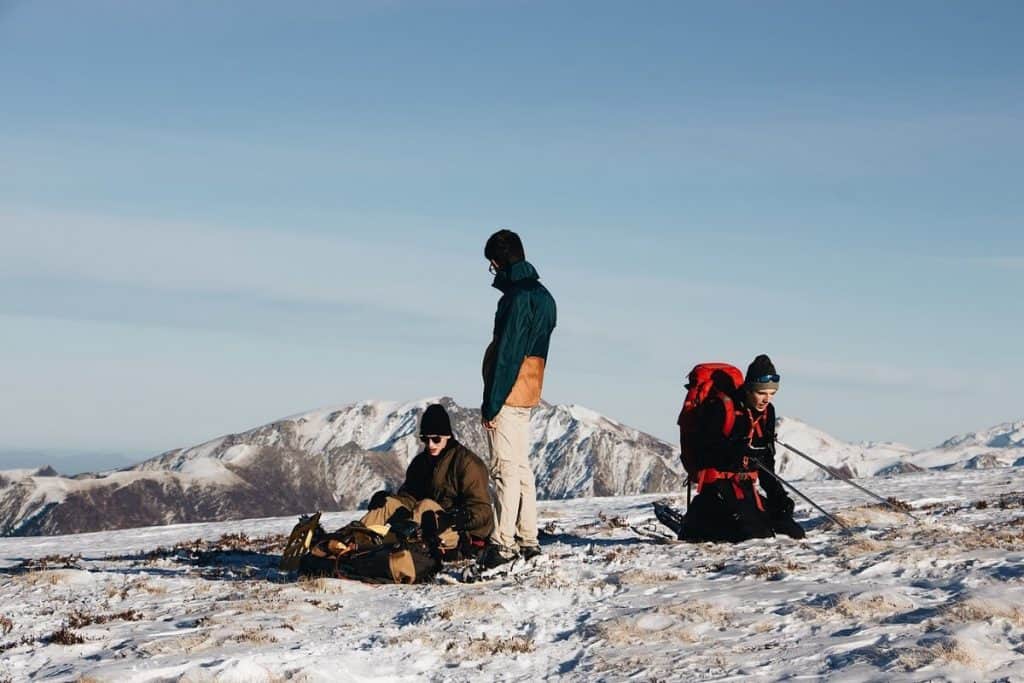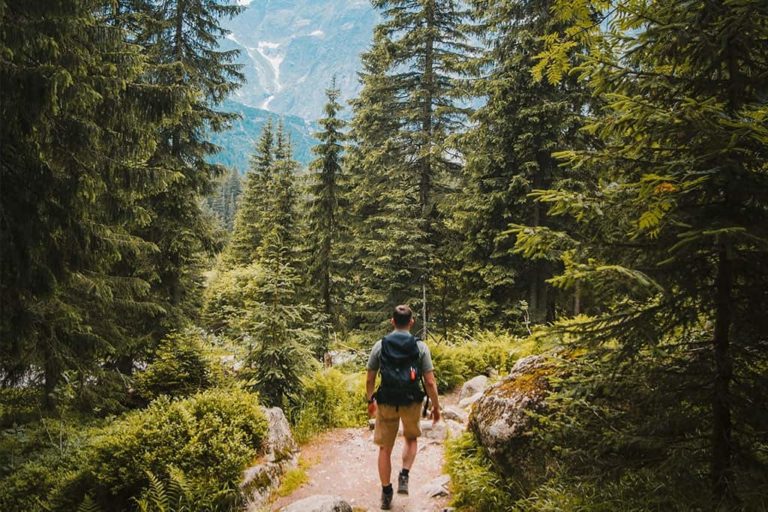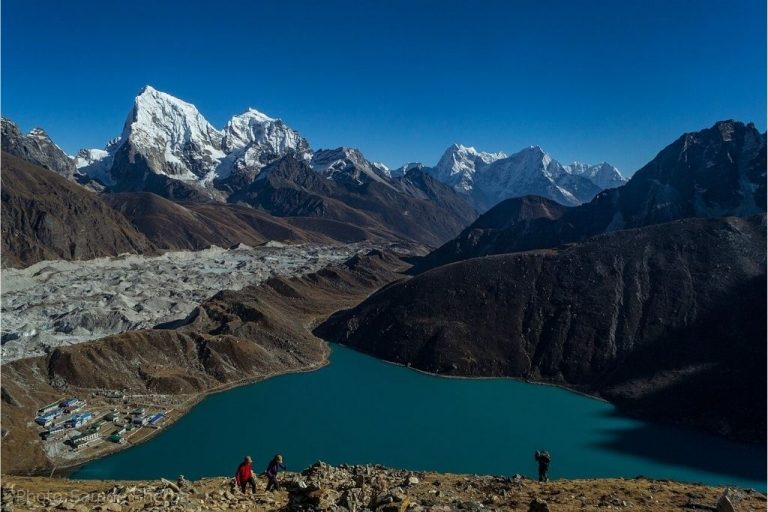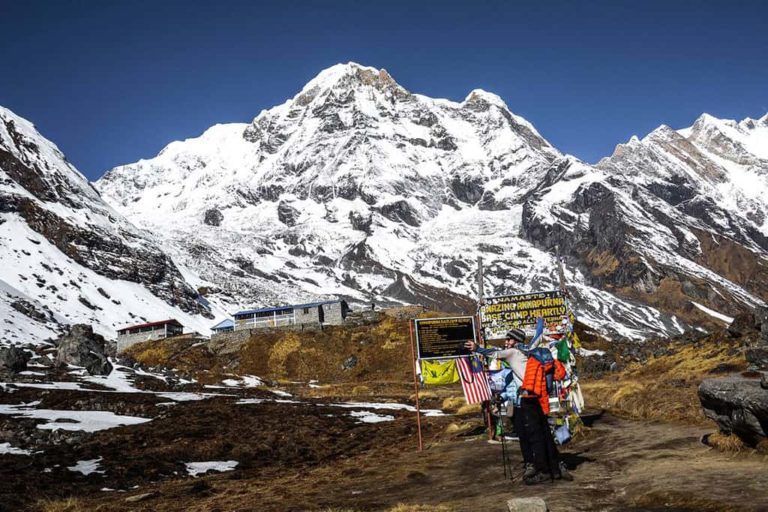EBC Altitude Sickness and ways to avoid it
At high elevations, less oxygen is available for your body cells because there’s less air pressure and the atmosphere contains fewer oxygen molecules. As a result, your body has to work harder to keep up with oxygen demands, which can impair muscle performance and cause you to tire more easily.
What is Altitude Sickness?
The term altitude sickness (AMS) refers to a group of health problems that occur when people who live at low altitudes travel to high altitudes. AMS is caused by the lower amount of oxygen in the air. When you trek or climb to higher elevations, your body needs more time to adjust than it would at lower altitudes.
Altitude sickness is divided into two categories: acute mountain sickness (AMS) and high-altitude cerebral edema (HACE). Both types of altitude sickness can be dangerous, depending on how quickly and severely symptoms occur.
Acclimatization is a crucial aspect for all mountaineers.
As you move higher, the air pressure decreases, and you will get less and less oxygen. This can cause serious health issues, sometimes leading to death. The most common problem encountered if you’re not adequately acclimatized to the altitude is Acute Mountain Sickness.
Commonly known as AMS or altitude sickness, starts from 3000 meters above sea level. Anyone who ascends too quickly without giving the body to adjust to the changes in oxygen can suffer from Altitude sickness.
This might affect everyone differently and at a different altitude. However, people living near the sea level, like citizens from the UK, Japan, Netherlands, and Singapore, might get altitude sickness very quickly, even when they are below 3000 meters.
This is because most of their lives have adapted to intake more oxygen to function.
While anyone without proper acclimatization can suffer from it, those who live near the sea level are more vulnerable to AMS.
However, it depends on your body and health and how you’re accustoming your body to less oxygen.
The Factor Causing Altitude Sickness is
- Less Oxygen
- Rapid Ascent
- Dehydration
- Hypothermia
You need to be rescued before the risk of Acute Mountain Sickness, which may cost your life. To reduce the risk of getting AMS, you first need to understand the signs and symptoms of AMS to ask for help.
Most of the time, trekkers wouldn’t feel any signs and symptoms of AMS before; it hits them hard.
A Few Signs and Symptoms of AMS
- Dizziness, light headache, confusion, and irritation
- Nausea, vomiting
- Loss of appetite
- Insomnia or sleeplessness
- Persistent headache
- Disorientation, drunken gait
- Weakness, fatigue, lassitude, heavy legs
- Slight swelling of hands and face
- Breathlessness and breathing irregularly
- Reduced urine output
Two Types of Altitude Sickness
HAPE
It means High Altitude Pulmonary Edema which means your lungs are filling up with water, and the symptoms can be
- Headache
- Increasing shortness in breathe
- Dry cough
- Unusual fatigue
- High pulse rate, i.e., 110
- Blueness in fingertips, lips, tongue, and face. (This is because you are not transporting enough oxygen to your blood.)
HACE
means High Altitude Cerebral Edema, where water is getting to your brain. The symptoms are:
- Persistent headache.
- Nausea and Vomiting
- Fatigue and Tiredness
- Highly Irritateable
- Drunken Gait
- Delusional
The heel-to-toe step can tell you whether or not you or your teammate is suffering from HACE.
These symptoms should be taken very seriously, and in case if any of the signs appear, do not ascend further above. Altitude Sickness can make a fatal change within hours. The only solution to Altitude sickness is to descend immediately.
You cannot control the external atmospheric pressure, but you can make your body adapted or accustomed to the condition.
How to avoid AMS (Acute Mountain Sickness)?
- Don’t hike alone.
- Don’t drink alcohol or take sleeping pills.
- Always climb higher than your sleeping camp.
- Acclimatization.
- Ascend only 300 meters per day above 3000metere.
- Drink more fluid.
- Don’t ascend too quick.
- Eat plenty from 4000-5000 calories.
- Walk slowly
- Take rest on alternative days.
- Take Gammo bag







